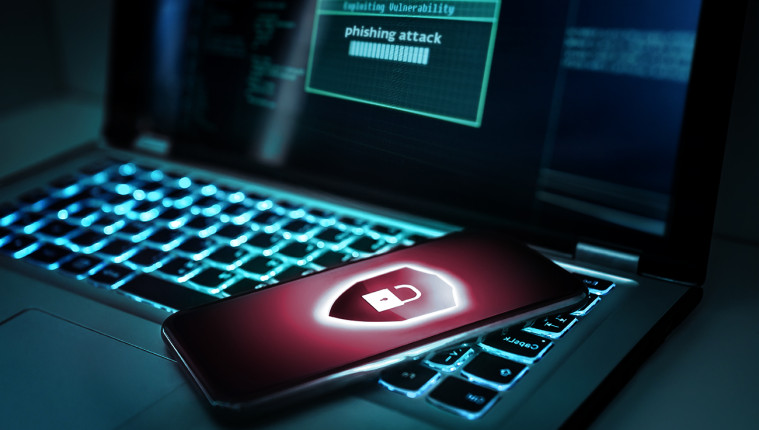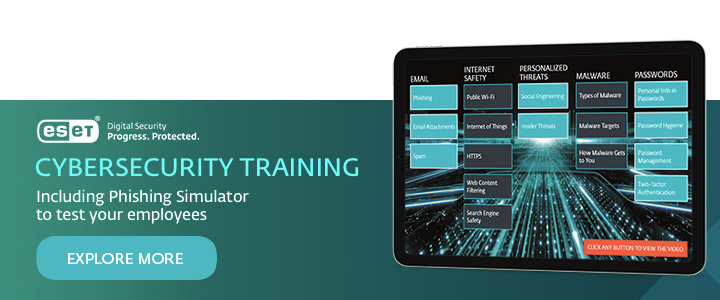Avoiding phishing attacks requires vigilance and the ability to recognize attacks – across your whole organization. So, how do you train your employees to spot them before it's too late? If your employees have already completed some form of cybersecurity training, try simulating a phishing attack – and give them a chance to choose the right solution.
The statistics say it all. Phishing attacks accounted for more than 80% of reported security incidents, according to CSO Online in March 2020. The end goal of these phishing attacks was mostly the same – to convince users to install malware into their systems, so their credentials could be accessed or their identity and other sensitive data stolen.
This statistic shows that employees' ability to recognize phishing emails has not improved much over time. According to Security Boulevard, 85% of all organizations have been hit by a phishing attack at least once, while 97% of the users could not recognize a sophisticated phishing email.
Still, your employees do not have to be your weakest security link. By creating a strong security culture and providing regular training, you can help your workers become a human firewall - a vital part of your overall defense against threats.
Simply passing along educational materials about cybercrime with your staff or sending an occasional email reminding them of the dangers of phishing isn't sufficient. It's a good start – but you really need them to internalize the awareness of an unexpected cyberattack. You can do this via a phishing simulation.
If you decide to try the simulation, keep one thing in mind when preparing it. Your goal is not to traumatize or punish employees but to show them what phishing looks like, why it's so serious and how quickly it can impact IT systems.
The Phishing Simulator included in the Premium ESET Cybersecurity Awareness Training provides you with various templates (emails disguised as purchase confirmations, bank statements, etc.) to choose from, so you can start from there.
These simulations aren’t designed to scare employees or make them feel bad. You simply want them to think about the potential consequences of clicking on the fraudulent email.
Follow up any phishing simulations with discussions about what employees have learned and how they would treat a suspicious email differently next time. It's especially important to reassure any worker who took the phishing bait that this was simply meant to be a valuable learning experience (and to think twice in the future before clicking anything).
Research shows that fear tactics in cybersecurity awareness training might not result in long-term behavioral change. So make sure employees understand the purpose of the simulation. It's a useful tool that illustrates the ease with which phishing attacks can penetrate your workplace.





